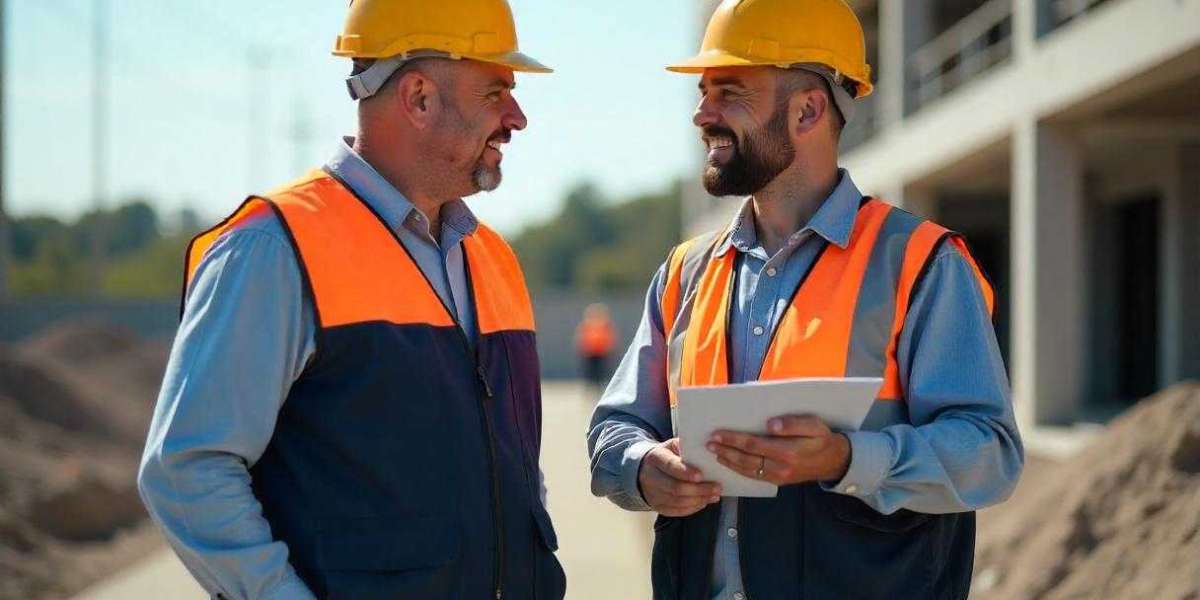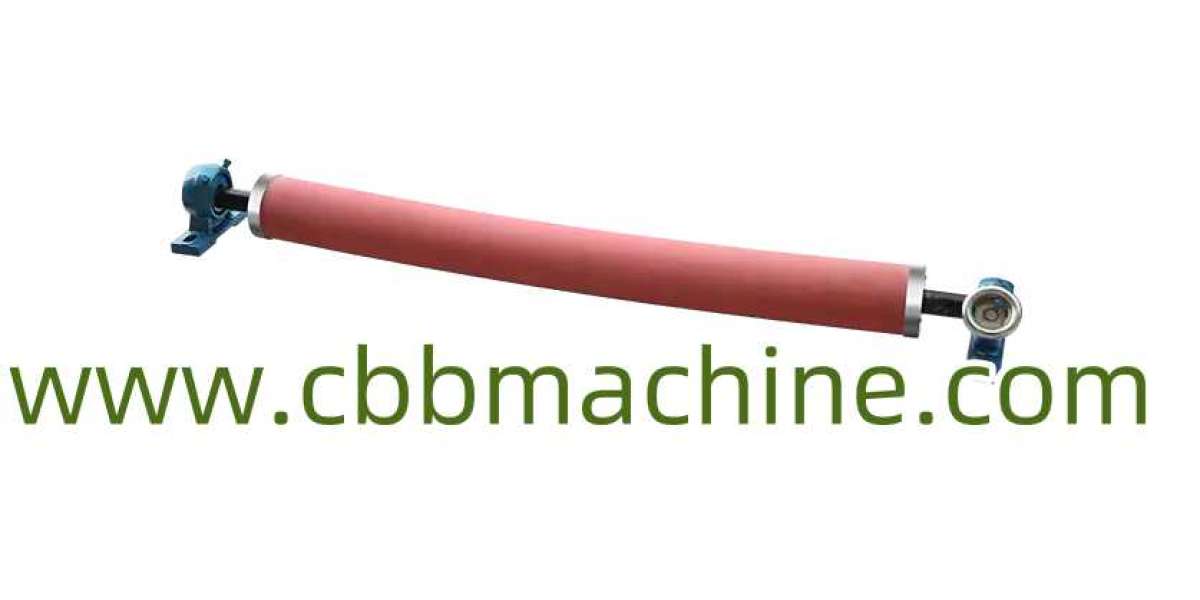When someone spots pollution—whether it’s oil spilling into a river, black smoke billowing from a factory, or chemical waste leaking in a workplace—the next step is to report it. But what happens after that? Does someone actually investigate? Do things really get cleaned up? These are common questions, especially among workers who face environmental hazards every day.
In this article, we’ll walk you through the real process that unfolds after a pollution incident is reported—especially within workplace settings. Understanding this process not only empowers workers but also emphasizes the importance of environmental accountability at every level.
Why Pollution Reporting Matters in the Workplace
Pollution in the workplace isn’t always dramatic. Sometimes, it’s subtle—a chemical odor near the storage room, strange residue near drains, or an unusual number of headaches among workers. But whether the signs are small or obvious, workplace pollution can have serious consequences for health, safety, and the environment.
That’s why understanding and participating in pollution reporting processes is crucial. Organizations that take their responsibilities seriously often train employees to spot and report these hazards.
A good place to start learning how to manage such environmental hazards is through structured safety education programs. Many workplaces now encourage or even require team members to go through an OSHA Course to better understand environmental compliance, personal safety, and hazard reporting. These training programs help workers feel more confident and prepared, especially when dealing with complex incidents.
So, You’ve Reported Pollution — Now What?
Let’s break down the steps that usually follow once a pollution incident has been reported, particularly in an industrial or workplace setting.
Step 1: Initial Notification and Documentation
The moment a pollution incident is reported—whether it’s through a hotline, an online form, or directly to a supervisor—the clock starts ticking.
Typically, the first step is documentation. The organization or authority receiving the report collects essential details:
- Date and time of the incident
- Exact location
- Type of pollution (liquid, gas, solid, etc.)
- Photos or videos if available
- Who reported the incident
In regulated environments, this step is often part of an incident log that is shared with safety officers, environmental departments, or external regulatory agencies.
If the workplace is certified or follows structured safety procedures, this reporting may already be integrated into the health and safety system learned through occupational safety training.
Step 2: Initial Assessment by a Safety Officer or Environmental Expert
Once the report is received, an environmental or safety officer is dispatched for a preliminary investigation. This person could be an internal staff member or someone from a governmental agency, depending on the severity and type of incident.
They check:
- Is the pollution ongoing?
- What immediate threats exist to workers or the public?
- Does it require emergency intervention?
- Are there potential breaches of environmental laws?
Sometimes, initial findings trigger a full-scale emergency response. In other cases, it results in a scheduled follow-up visit for more detailed analysis.
Step 3: Containment and Emergency Measures (if necessary)
If the situation is critical—like a chemical spill or toxic gas leak—emergency protocols are activated. This could mean:
- Evacuating parts of the facility
- Shutting down machinery
- Deploying absorbents, barriers, or neutralizing agents
- Notifying local emergency services
Anecdote: One factory worker shared how quick thinking saved the day when he noticed a leak near the solvent tank. Thanks to recent hazard training, he triggered an emergency response in time to prevent a serious fire.
This stage might involve coordinating with environmental cleanup services and local authorities to secure the area.
Step 4: Detailed Investigation and Root Cause Analysis
After immediate dangers are controlled, a deeper investigation begins. This is crucial because fixing the surface issue won’t stop it from happening again. The investigative team may include environmental scientists, workplace safety inspectors, and legal advisors.
They may ask:
- Was the pollution caused by equipment failure?
- Was it due to human error or negligence?
- Was there a lapse in maintenance or training?
- Were safety standards ignored?
These investigations are typically guided by safety frameworks, often introduced during programs like occupational safety and health training.
Step 5: Regulatory Reporting and Penalties
In most countries, serious pollution incidents must be reported to government environmental agencies. Failing to do so can result in hefty fines. If the incident occurred in the workplace, it might also be reported to labor or occupational health departments.
Depending on the findings, the company may face:
- Fines or legal penalties
- Mandated cleanups or site rehabilitation
- Temporary shutdowns
- Damage to reputation
Sometimes, even individuals—like plant managers or safety officers—may be held accountable.
Step 6: Remediation and Cleanup
Once the source is identified and the severity measured, cleanup efforts begin. These can range from basic sanitation to months-long environmental rehabilitation.
Common cleanup methods include:
- Soil excavation and replacement
- Water filtration
- Hazardous waste removal
- Air purification systems installation
Companies often partner with environmental contractors to handle specialized cleanup.
Step 7: Internal Reforms and Training
Perhaps the most important long-term response is prevention. After an incident, companies are often required (or motivated) to revisit their safety protocols. This is where updated training programs, safety drills, and internal reforms come into play.
Many organizations begin by upgrading their safety training through recognized systems. For example, many supervisors recommend enrolling employees in practical workplace safety education programs, where environmental hazard handling is thoroughly covered. These help build a stronger, more responsive safety culture.
Workplace Pollution Reporting: More Than Just Compliance
It’s easy to think of pollution reporting as just another bureaucratic step. But in the workplace, it’s about protecting real people—your coworkers, yourself, and the community. When handled correctly, even a small report can prevent a major disaster.
Let’s look at another example: A packaging plant employee noticed discoloration in the water near the storage tanks. Though it seemed minor, he logged it using the internal safety portal. Investigators found a faulty valve leaking a solvent into the drainage. Prompt action prevented contamination of a nearby water stream.
These stories aren’t rare. They show how everyday workers play a vital role in environmental safety.
How You Can Prepare Yourself
If you work in a facility that handles chemicals, fuels, or waste materials, you should know how to report a pollution incident and understand what happens next.
Here are three quick tips:
- Familiarize yourself with your company’s safety protocols.
- Participate in regular training sessions.
- Encourage coworkers to report suspicious signs—even minor ones.
Interested in strengthening your environmental safety knowledge? Explore OSHA in Pakistan to equip yourself with the skills needed to act with confidence.
Final Thoughts
Pollution incidents in the workplace aren’t just an environmental issue—they’re a human one. Reporting a pollution hazard might seem like a small step, but it can save lives, protect the planet, and improve workplace safety for everyone.
The process after reporting—assessment, action, investigation, and reform—is designed to ensure nothing gets swept under the rug. It’s a system built on responsibility, and everyone has a part to play.



